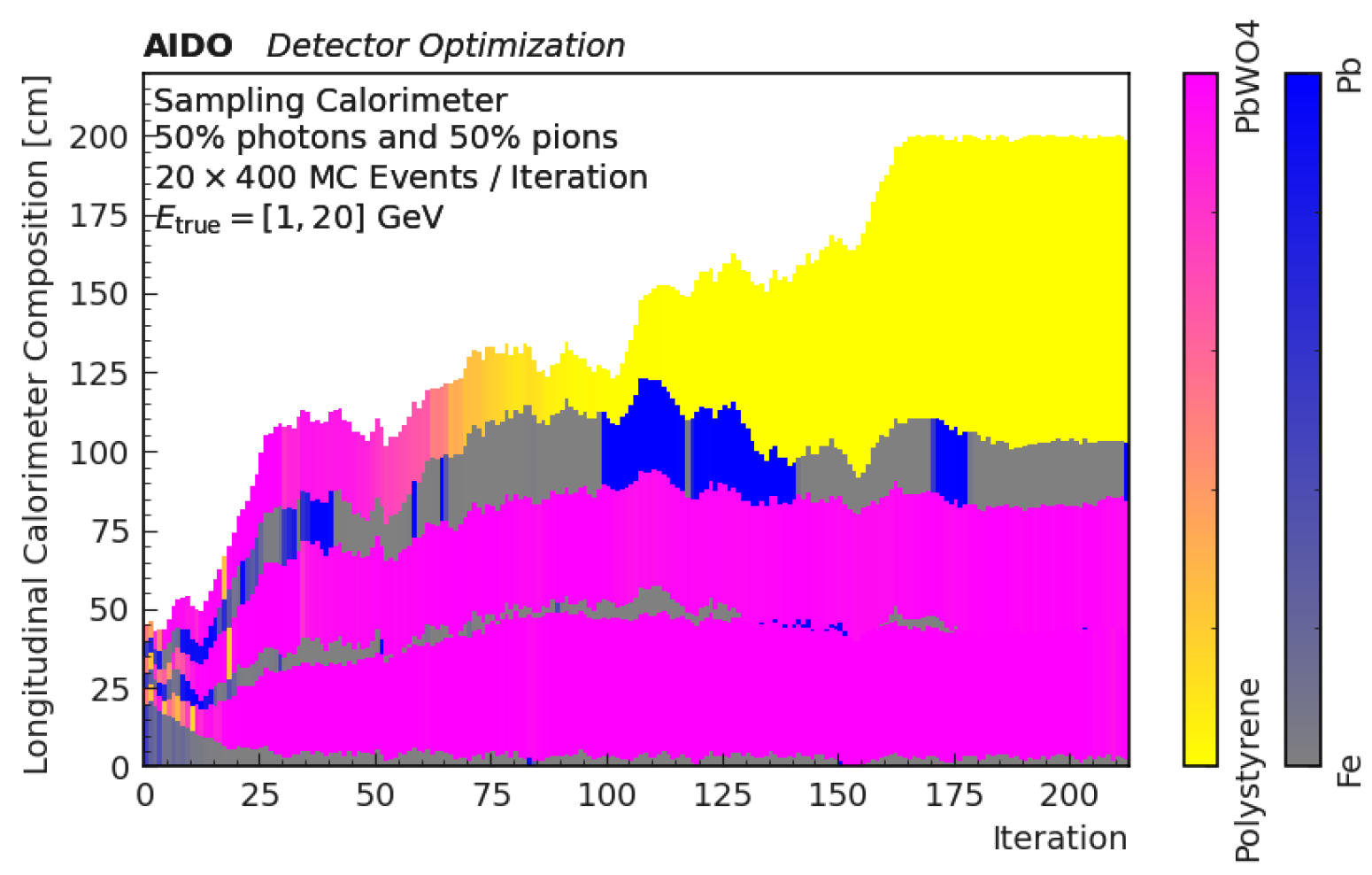 Summer Lectures In AI
Summer Lectures In AI Winter is not over yet, but I am already busy fixing the details of some conferences, schools,...
 Unsupervised Tracking
Unsupervised TrackingPattern recognition is an altisonant name to a rather common, if complex, activity we perform countless...
 Hey AI, Design A Calorimeter For Me
Hey AI, Design A Calorimeter For MeAs artificial intelligence tools continue to evolve and improve their performance on more and more...
 The Multi-Muon Analysis - A Recollection
The Multi-Muon Analysis - A RecollectionAs part of the celebrations for 20 years of blogging, I am re-posting articles that in some way...











